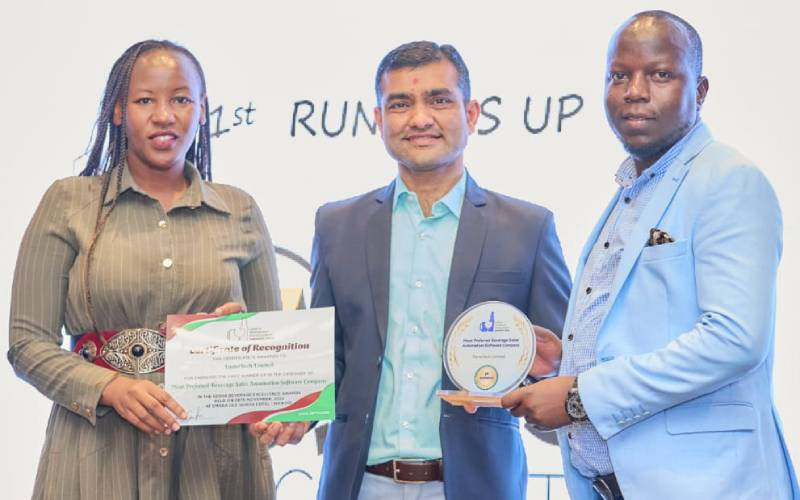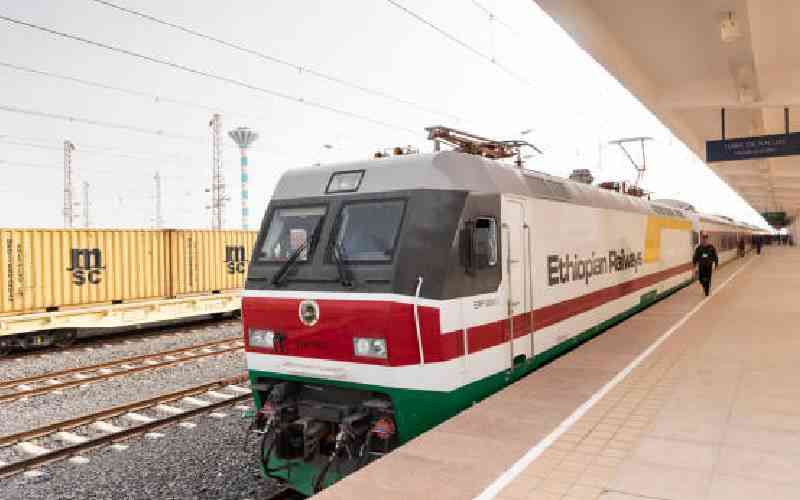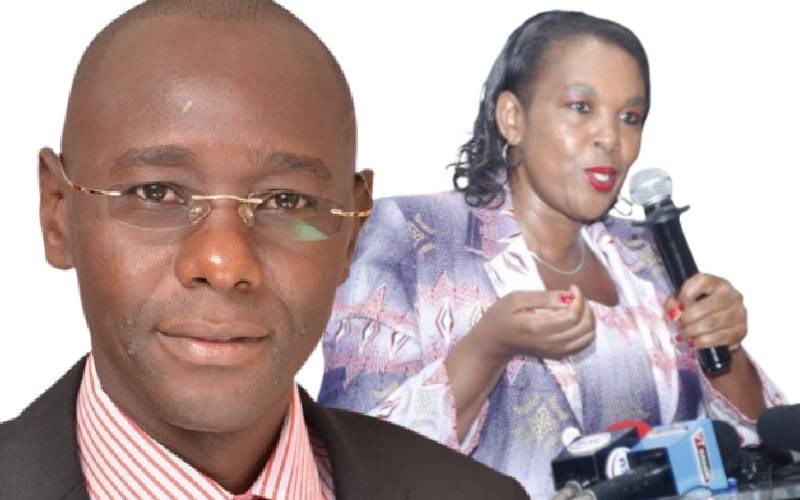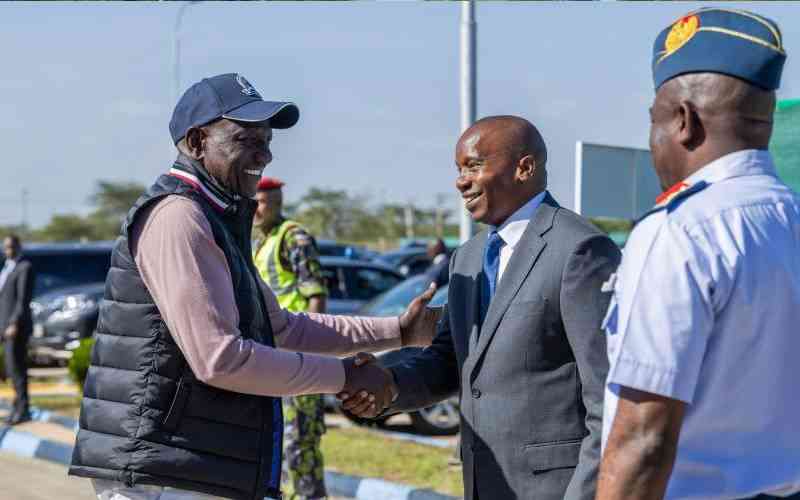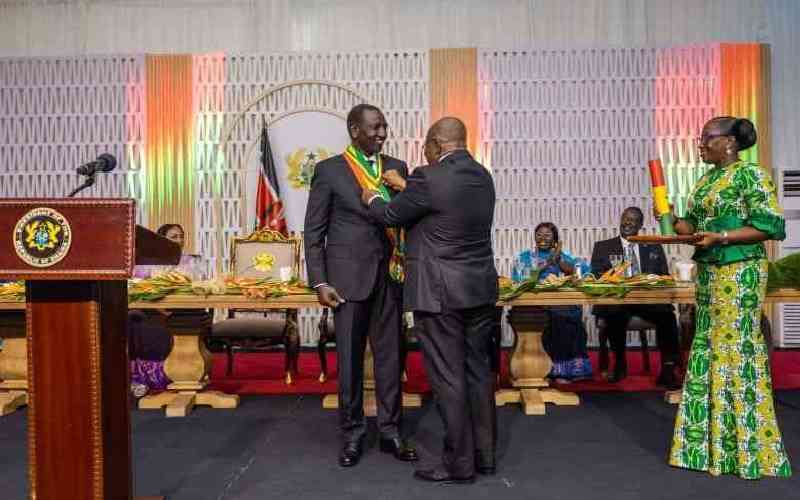NAIROBI: Since its inception this administration has been a 'big-picture' government. When we assumed leadership, Kenya already had Vision 2030 in place as the philosophical, theoretical framework for development.
Our task was to create the legislative, economic and policy infrastructure that would enable the realisation of our national objectives. To us fell the charge of setting our country irreversibly on course for Middle Income Status.
We have put in place elaborate plans to sustain the transformation for generations to come.
Undergirding our efforts, has been our fervent belief that transformative change is bred and buttressed by economic growth. Our goal has therefore been simple and unequivocal: to spur double digit economic growth.
Achieving big growth means making bold, calculated investments. Which is why we chose to invest big in infrastructure: roads, rail, air, water and energy.
One of our key and most pivotal investments has been the building of the SGR. As the first more than 10Km rail Kenya laid since 1896; the completion of the project will undoubtedly be a landmark historical achievement that will have an incredible, and possibly unprecedented, positive impact on our national economy and a ripple effect throughout the region.
The high speed rail-line will make it possible for a travelling tourist to take less that 6 hours to get from Nairobi to the Coast, a relief from the tedious 18 hours it currently takes. But this project is not principally about tourists.
The SGR will create a new dimension for commerce and industry. Today, a (freight train) carries 20 containers and travels at 20KPH. On the SGR a freight train will carry 200 twenty-foot containers and travel at 120 kph. This is a massive shift, and a unique advantage not just within Kenya but regionally.
We are the biggest economy in the region, and the SGR will help us to cement our pre-eminent position and remain the central logistics hub for the region.
The building of the SGR has created a wealth of knowledge transfer as well as over 12,000 jobs for Kenyans thanks to the localised manufacture of the sleepers. Ultimately, the railway once completed will add a projected 1.5 per cent to our GDP.
Yet even with all its many advantages, expansion of rail capacity alone is not enough to deliver on Vision 2030. That is why we are expanding road, air and the ports as well. The two new additional berth, 21 and 22, at the port of Mombasa will go live on March 2. These two facilities will allow us to clear about 5 million more metric tonnes per year. We have released funds for the construction of three more berths at the Lamu Port. The potential of this much talked about project, is remarkable.
And it will be realised-even if we have to build it slowly-one berth at a time. The completion of this project will reduce the pressure on the port of Mombasa and open a new trade route.
To compliment these measures we are investing in select road projects that augment our regional significance and unlock trade and economic potential.
We have 1,629km under construction at the moment and 620Km more to come in the next financial year. Among these, are the Marsabit-Turbi road that terminates in Ethiopia and will link up with their highway on that side which is already done, thus opening up the Northern Corridor; the Dongo Kundu bypass which will open the special economic zones and create 100,000 jobs by 2019; The Arusha-Mwatate-Taveta Road, a project whose planning began in 1963, is now poised to become a reality that will allow the farmers of Taveta County access to new markets and improve incomes.
In terms of air transport, we anticipate growth through more passengers and more cargo. In 2013 our capacity per year was 2.5 million passengers; today despite the fire at JKIA we are getting 6.5 million passengers a year and based on the ongoing works we project to hit 8 million a year by the end of the next financial year.
Inspiring industrialisation, creating jobs and expanding the middle class requires electricity and lots of it. The good news is, we have that power. At present, there is an energy surplus in the country. We are producing 2,319 Megawatts which is about 200 more Megawatts than we need.
Rwanda and Tanzania are willing consumers of our surplus. We are poised to generate even more power through the Olkaria IV and Turkana Wind Farm to come in the next one year or so and this will be critical in enabling us to connect all Kenyans to the power grid.
Stay informed. Subscribe to our newsletter
Since 2013 we have connected over 2.1 million Kenyans to the national grid. As a whole, these calculated investments will redefine our economic competitiveness and underwrite generations of opportunity and prosperity.
That is the largest number since independence and we will maintain the pace until every household is connected, until all citizens have access to power and until our industries have access to reliable and affordable electricity.
As a whole, these calculated investments will redefine our economic competitiveness and underwrite generations of opportunity and prosperity. We've only begun building momentum.
 The Standard Group Plc is a
multi-media organization with investments in media platforms spanning newspaper
print operations, television, radio broadcasting, digital and online services. The
Standard Group is recognized as a leading multi-media house in Kenya with a key
influence in matters of national and international interest.
The Standard Group Plc is a
multi-media organization with investments in media platforms spanning newspaper
print operations, television, radio broadcasting, digital and online services. The
Standard Group is recognized as a leading multi-media house in Kenya with a key
influence in matters of national and international interest.
 The Standard Group Plc is a
multi-media organization with investments in media platforms spanning newspaper
print operations, television, radio broadcasting, digital and online services. The
Standard Group is recognized as a leading multi-media house in Kenya with a key
influence in matters of national and international interest.
The Standard Group Plc is a
multi-media organization with investments in media platforms spanning newspaper
print operations, television, radio broadcasting, digital and online services. The
Standard Group is recognized as a leading multi-media house in Kenya with a key
influence in matters of national and international interest.


